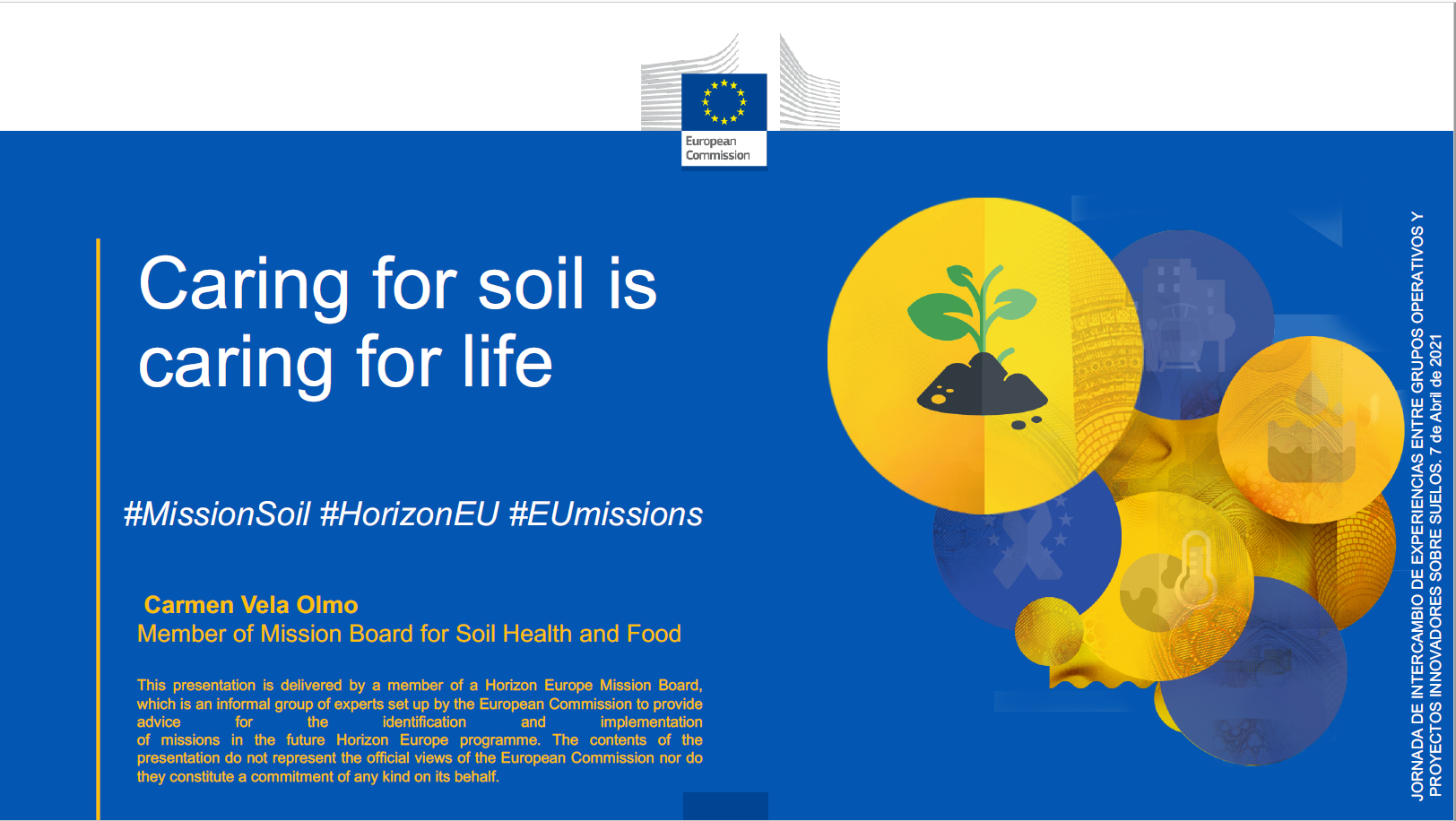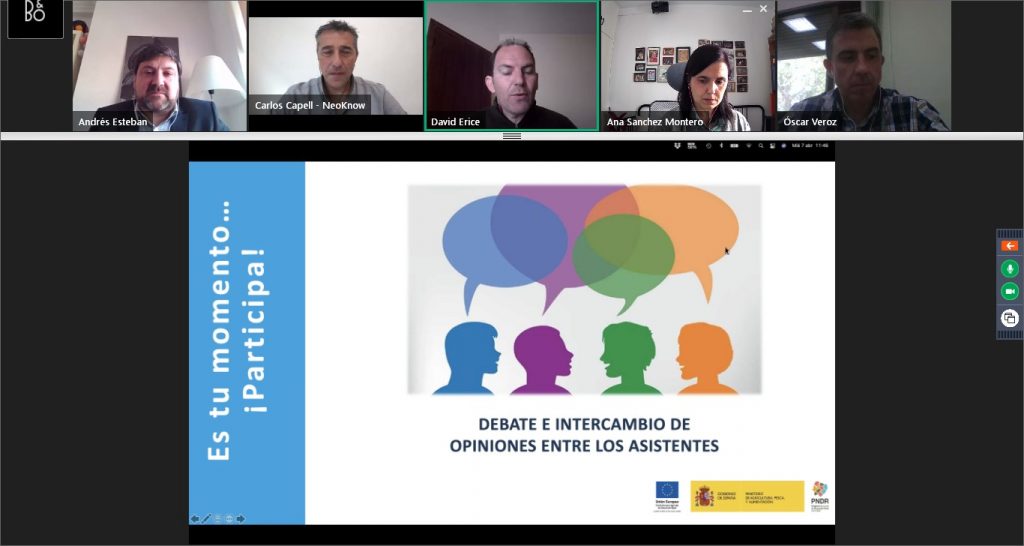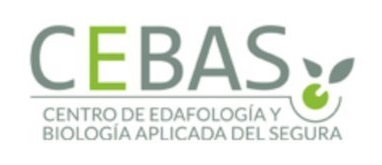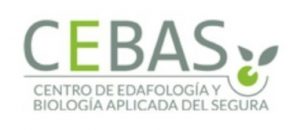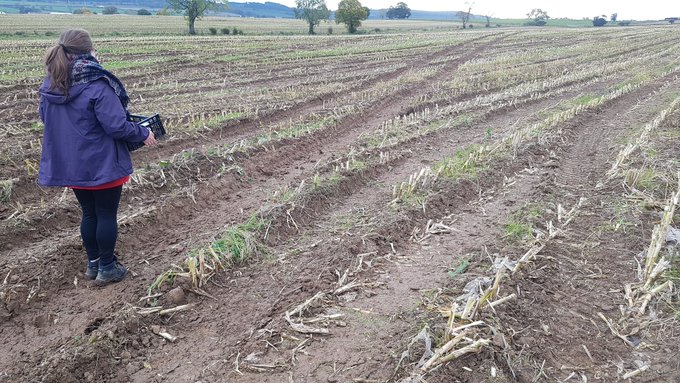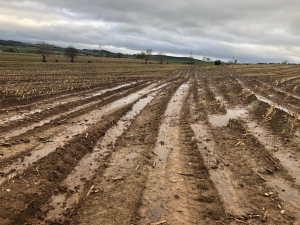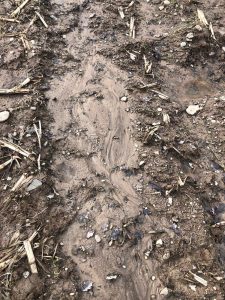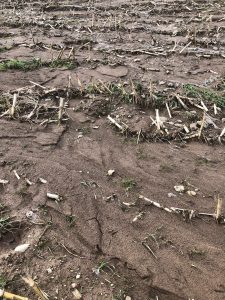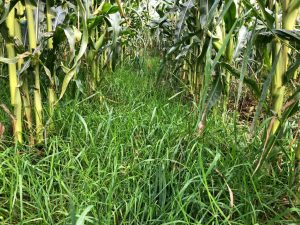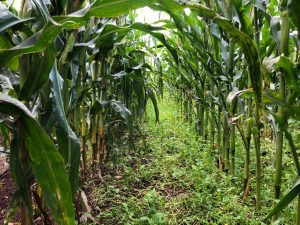Sustaining food production in the years ahead requires technically efficient management of natural resources and the surrounding environment. Different indicators have been suggested to measure the progress towards more efficient and productive agricultural systems. The yield gap (YG) is an important indicator in this context as it provides a benchmark for agricultural productivity. Yield gaps are defined as the difference between the potential (Yp) or water-limited yield (Yw) and the actual yield (Ya), in case of irrigated or rainfed cropping systems, respectively. Traditionally, these have been assessed with crop simulation models considering the most representative biophysical conditions and, to a lesser extent, crop management practices observed in farmers’ fields.



The extraordinary advances in computer engineering and programming languages, particularly over the last three decades, have intensified the modelling processes contributing to an increased adoption of such tools for many applications in agronomy. However, recent advances have not yet succeeded to scale up mechanisms from point to field level in crop models. In fact, while significant advances have been made in the engineering aspects of precision agriculture, such as increasing spatial resolution, variable rate technologies and automation, much less effort has been devoted to understand the crop mechanisms in response to spatial variations.
As considerable spatial variability in soil hydraulic properties exists within a field, even in those considered homogeneous, the accurate modelling of crop heterogeneity requires assessing the spatial variability of water as it affects crop behaviour. Essentially, if crop models are to be used to improve water management in precision agriculture, they may greatly benefit from spatial water modelling approaches capable of accurately represent and simulate within-field variation of water-related processes.
With the widespread advances in yield monitoring, and the suitable equilibrium between temporal and spatial resolution of freely available remote sensing data, there is potential to simulate spatial variations in crop performance with a fine-resolution for various crop types, and use it for management applications in precision agriculture. Yield mapping, which has been increasingly adopted by farmers in modern agriculture (mostly in cases of cereals or other important field crops), provides valuable spatial information on how crops perform in response to a certain gradient of Environmental (E) conditions and/or Management (M) practices. Within the same field, and for a particular growing season, the spatial variation of E (e.g., soil texture, soil water holding capacity and depth, pH and soil nutrient availability) and M (e.g., sowing rate and date, fertilization and crop protection) determine what can be understood as a ‘short-term’ phenotypic response (P) to variable conditions in combination with the grown genotype (G). When analyzing historical yield maps of uniformly managed fields, the GxExM interactions can be simply understood as direct responses of GxE interactions. Such interactions are not merely unidirectional, but reciprocal. The effect of GxE over P determines feedback mechanisms that do also affect the observed E gradient over a single field (e.g., increased vegetative vigor, as a function of higher water availability during crop growth stages, may enhance water stress during grain filling). The spatial variation of crop performance (P=GxE), when quantified in terms of grain yield, is in fact the result of multi-directional relations along the vector of interactions that links P to G and E for a single field and year. Precision agriculture depends on such theoretical considerations, as the first step towards site-specific management is the quantification of crop variations over space and time (Ya). Yield maps provide us one of the most pragmatic and technically oriented sorts of data to pursuit it.
Many of these challenges/opportunities are currently being addressed within SHui project by both the Institute for Sustainable Agriculture (IAS-CSIC) and the department of Agronomy of the University of Córdoba, in collaboration with other ‘working-package 2’ (WP2) members. In the Iberian peninsula for instance, where more than 2.4 M ha of winter cereals are rainfed grown every year, farmers have been collecting increasing amounts of data, which have great value to link crop simulation models with YG analysis to be conducted at spatially variable scales.
 My name is Tomás Roquette Tenreiro, I am an agronomist from Portugal. I have a degree in agronomy and agricultural engineering from the University of Lisbon, Portugal, and a master’s degree in crop science from the University of Wageningen, in the Netherlands. Currently, I am working as a predoctoral researcher in IAS-CSIC within Shui and I am also a young-farmer in the region of Alentejo, Portugal. Both as a researcher and a farmer, I find great value in applied research with the context of spatial heterogeneity assessment. Spatial heterogeneity is a reality in our conditions that enhances risks for both farmers and society. Risks of adopting ineffective measures, risks of dealing with non-representative data, risks of under/over-using resources, risks of unstable food supply, risks of economic losses and environmental damage. As a SHui researcher and a PhD candidate, most of my work is focused on closing the gaps between modelling tools and the main ‘spatial phenomena’ governing crop performance in local conditions. In this sense, I am actively collaborating with local farmers in the region of Córdoba, conducting field experimentation at “real scales” and dealing with on-farm data within most of my research.
My name is Tomás Roquette Tenreiro, I am an agronomist from Portugal. I have a degree in agronomy and agricultural engineering from the University of Lisbon, Portugal, and a master’s degree in crop science from the University of Wageningen, in the Netherlands. Currently, I am working as a predoctoral researcher in IAS-CSIC within Shui and I am also a young-farmer in the region of Alentejo, Portugal. Both as a researcher and a farmer, I find great value in applied research with the context of spatial heterogeneity assessment. Spatial heterogeneity is a reality in our conditions that enhances risks for both farmers and society. Risks of adopting ineffective measures, risks of dealing with non-representative data, risks of under/over-using resources, risks of unstable food supply, risks of economic losses and environmental damage. As a SHui researcher and a PhD candidate, most of my work is focused on closing the gaps between modelling tools and the main ‘spatial phenomena’ governing crop performance in local conditions. In this sense, I am actively collaborating with local farmers in the region of Córdoba, conducting field experimentation at “real scales” and dealing with on-farm data within most of my research.
I am currently responsible for a case-study within Shui-WP2, that is supervised by Prof. Elías Fereres and Dr. José Alfonso Gómez (also co-promoted by Dr. Margarita García-Vila). Our case-study integrates spatial water modelling with crop simulation (i.e., AquaCrop model) in order to assess spatial variations of YG’s and to explore precision agriculture strategies to deal with YG’s variations in space and time. Within this task, we are actively collaborating with the local company ‘Cortijo La Reina’, other individual farmers in the Guadalquivir Valley, Spain, and the Technical University of Prague, who is supporting us with the hydrological modelling. At present date, 1000 ha of historical yield maps and related management data have been assessed, in combination with field experimentation, conducted in two independent local fields, respectively of 10 ha (2019/20) and 8 ha (2020/21).
Local yields show coefficients of variation of 16-20% (within field) which are, among other factors, partially explained by water spatial variations. Within this context, we are exploring the adoption of variable rate technologies in N-P-K applications to close YG’s in different (water-availability) zones (within field). Multiple economic trade-offs exist in our conditions, varying from field to farm scales, but we believe that most of our research outcomes will support better decision making within the context of (rainfed) precision agriculture.
Further reading
– Tenreiro, T. R., García-Vila, M., Gómez, J. A., Jiménez-Berni, J. A., & Fereres, E. (2021). Using NDVI for the assessment of canopy cover in agricultural crops within modelling research. Computers and Electronics in Agriculture, 182, 106038.
– Tenreiro, T. R., García-Vila, M., Gómez, J. A., Jimenez-Berni, J. A., & Fereres, E. (2020). Water modelling approaches and opportunities to simulate spatial water variations at crop field level. Agricultural Water Management, 240, 106254
– Tenreiro, T. R., García-Vila, M., Gómez, J. A., & Fereres, E. (2020). From point to field scale – uncertainties associated with the upscaling of modelling for spatial heterogeneity assessment. In European Society of Agronomy 2020 Congress Book of Abstracts (p. 36). DOI 10.13140/RG.2.2.11611.80161
– Tenreiro, T. R., García-Vila, M., Gómez, J. A., & Fereres, E. (2020). Uncertainties associated with the delineation of management zones in precision agriculture. In EGU General Assembly Conference Abstracts (p. 5709).
– Tenreiro, T. R. & Fereres, E. (2019). Modelling Seminar on AquaCrop at Fuzhou – Fujian Agriculture University [digital.csic.es].
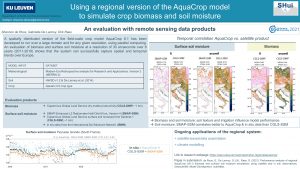

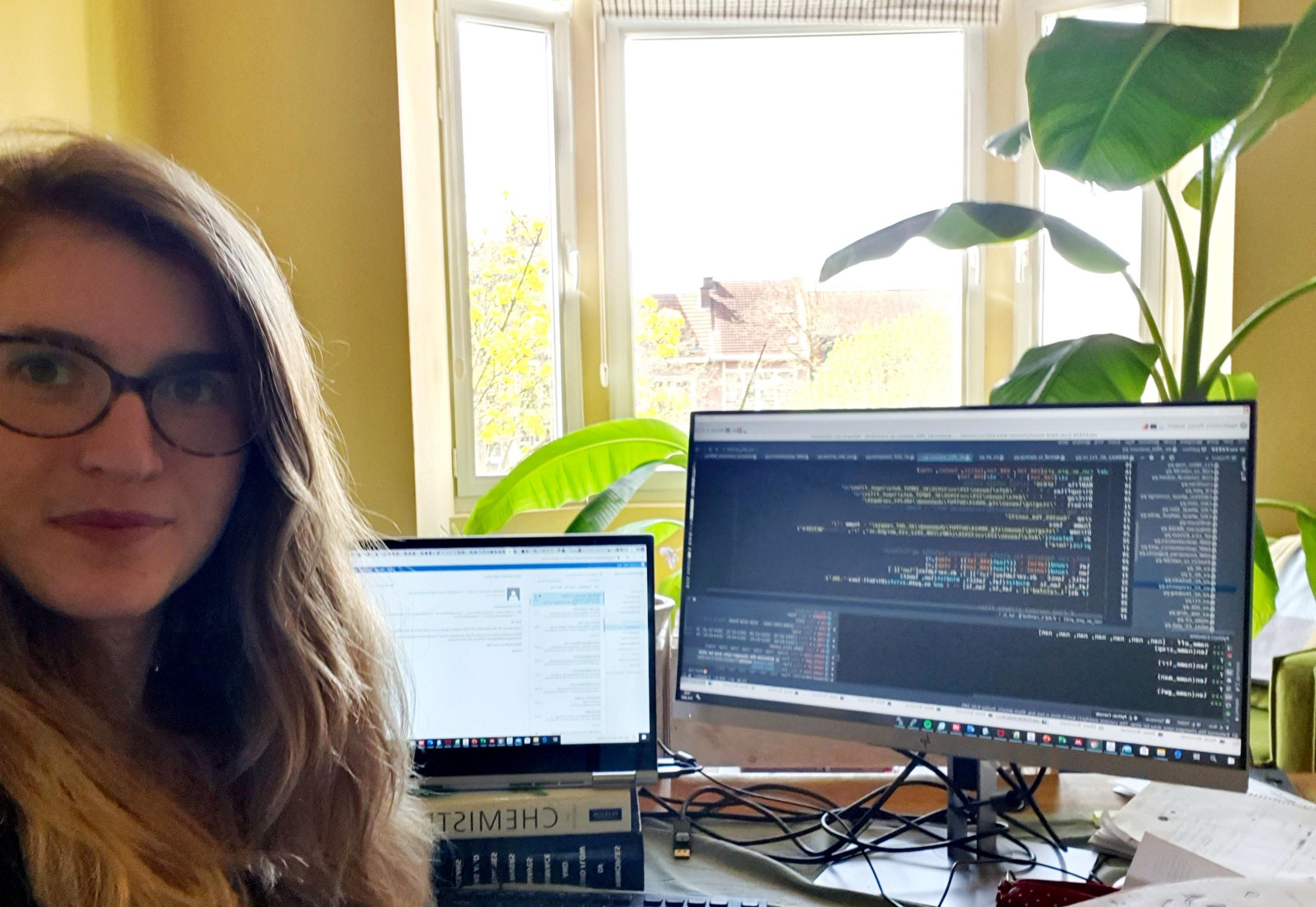
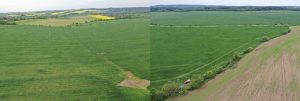
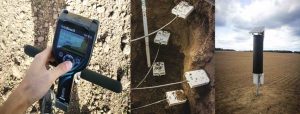
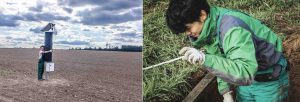

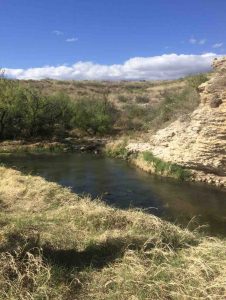
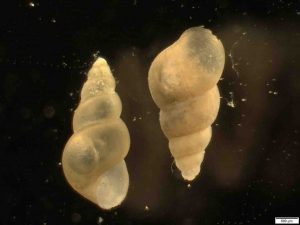
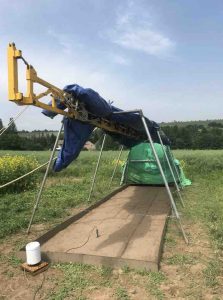
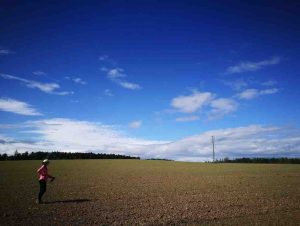
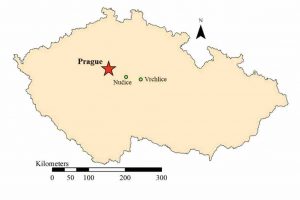
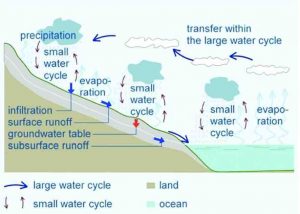
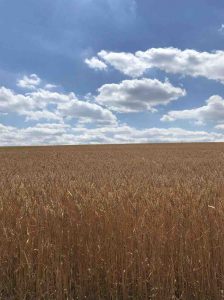
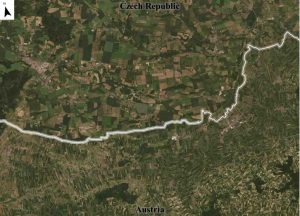
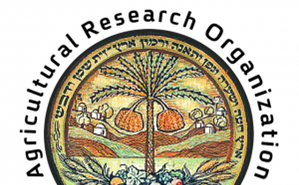
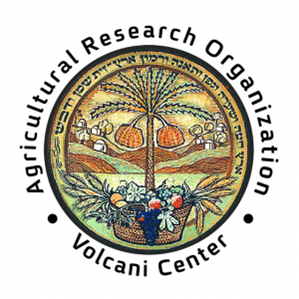
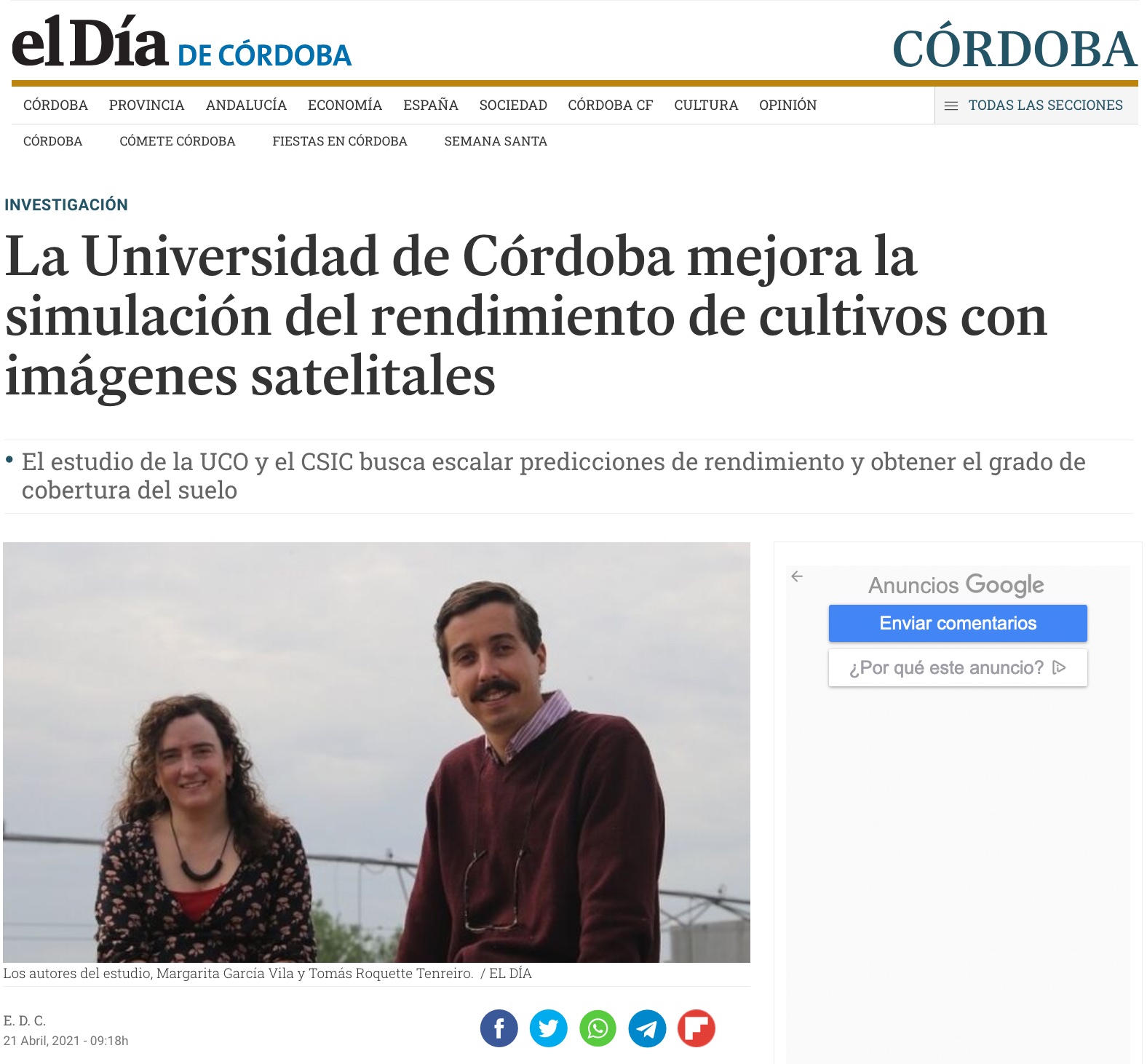




 My name is Tomás Roquette Tenreiro, I am an agronomist from Portugal. I have a degree in agronomy and agricultural engineering from the University of Lisbon, Portugal, and a master’s degree in crop science from the University of Wageningen, in the Netherlands. Currently, I am working as a predoctoral researcher in IAS-CSIC within Shui and I am also a young-farmer in the region of Alentejo, Portugal. Both as a researcher and a farmer, I find great value in applied research with the context of spatial heterogeneity assessment. Spatial heterogeneity is a reality in our conditions that enhances risks for both farmers and society. Risks of adopting ineffective measures, risks of dealing with non-representative data, risks of under/over-using resources, risks of unstable food supply, risks of economic losses and environmental damage. As a SHui researcher and a PhD candidate, most of my work is focused on closing the gaps between modelling tools and the main ‘spatial phenomena’ governing crop performance in local conditions. In this sense, I am actively collaborating with local farmers in the region of Córdoba, conducting field experimentation at “real scales” and dealing with on-farm data within most of my research.
My name is Tomás Roquette Tenreiro, I am an agronomist from Portugal. I have a degree in agronomy and agricultural engineering from the University of Lisbon, Portugal, and a master’s degree in crop science from the University of Wageningen, in the Netherlands. Currently, I am working as a predoctoral researcher in IAS-CSIC within Shui and I am also a young-farmer in the region of Alentejo, Portugal. Both as a researcher and a farmer, I find great value in applied research with the context of spatial heterogeneity assessment. Spatial heterogeneity is a reality in our conditions that enhances risks for both farmers and society. Risks of adopting ineffective measures, risks of dealing with non-representative data, risks of under/over-using resources, risks of unstable food supply, risks of economic losses and environmental damage. As a SHui researcher and a PhD candidate, most of my work is focused on closing the gaps between modelling tools and the main ‘spatial phenomena’ governing crop performance in local conditions. In this sense, I am actively collaborating with local farmers in the region of Córdoba, conducting field experimentation at “real scales” and dealing with on-farm data within most of my research.